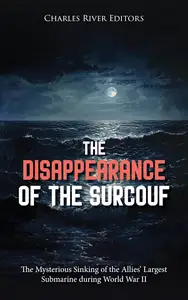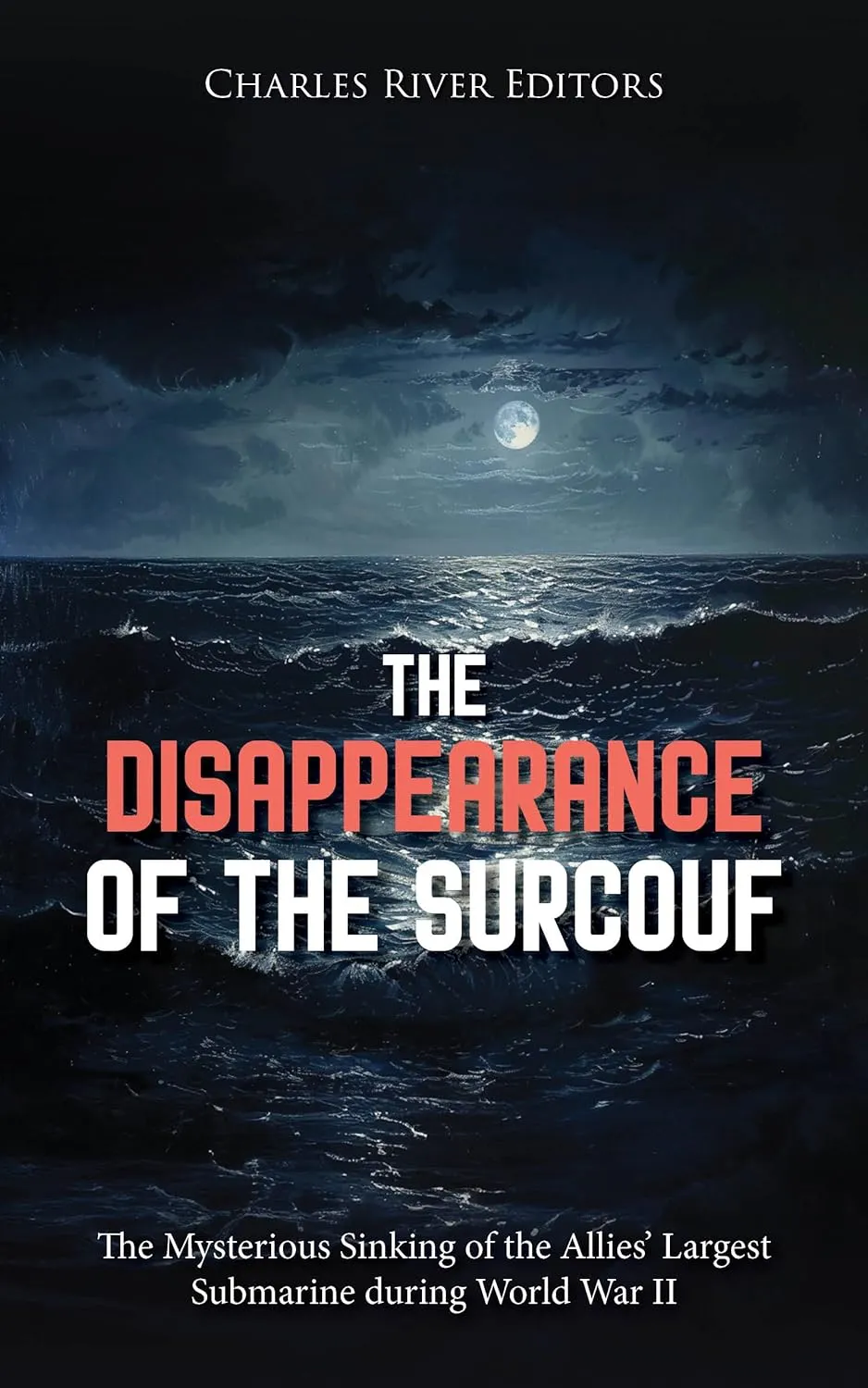The Disappearance of the Surcouf: The Mysterious Sinking of the Allies’ Largest Submarine during World War II by Charles River Editors
English | May 30, 2024 | ISBN: N/A | ASIN: B0D5RMFP9N | 61 pages | EPUB | 3.95 Mb
English | May 30, 2024 | ISBN: N/A | ASIN: B0D5RMFP9N | 61 pages | EPUB | 3.95 Mb
It takes a special type of person to serve in a nation’s navy, especially on long voyages that separate men and women from their loved ones, and no service is both loved and hated as that aboard submarines, for very few people ever serve on them on a whim. For one thing, the psychological impact of being trapped for long periods underwater in tight, cramped quarters is more than many people can stand. Also, submarine service is uncharacteristically hazardous; after all, if a surface vessel is sunk, the crew has a reasonable chance of escaping death in lifeboats or being rescued out of the water by another ship. Conversely, if a submarine is badly damaged while submerged, the crew’s chances of survival are at best remote.
Given that there’s such little margin for error in a submersible, many submarine losses remain sources of intrigue and mystery, and during World War II, few sinkings were as controversial as the Surcouf, a Free French submarine that disappeared in the Caribbean in 1942.
When the Surcouf launched in 1929, it was a technological marvel. This wasn’t a conventional submarine at all, but a 3,300-ton, 300-foot-long submersible light cruiser. Armed not just with torpedoes but also a pair of eight-inch guns, the Surcouf had a range of over 10,000 miles and was equipped with a seaplane in a hanger and a prison capable of holding up to 40 prisoners. When it was launched, the submarine looked like something out of the novels of Jules Verne, and many people believed it would make all existing submarines (and many surface warships) obsolete.
On paper, this seemed to be a completely new and potentially lethal form of naval vessel, but in reality, the Surcouf, like other attempts to create such a vessel, had some basic and fundamental flaws. In fact, by the time France found itself at war with Nazi Germany in 1939, the Surcouf was outdated and basically irrelevant, though it was still in active service with the French Navy.
When France was defeated by Nazi Germany in June 1940, the majority of French troops and warships ceased fighting. However, some relocated to Britain, the only nation still fighting Germany, to join Free French forces under the command of the charismatic General Charles De Gaulle. The crew of the Surcouf joined the Free French Navy and served from late 1940 to February 1942, when she called in at the British port of Bermuda before sailing for the island of Tahiti, French Polynesia, in the South Pacific. On February 12, the Surcouf left Bermuda en route for Tahiti via the Panama Canal and was never seen again.
There have been many theories about what might have happened to the Surcouf and her 130-man crew, ranging from an accidental collision to sabotage and even accidental (or deliberate) attacks by her allies. As a result, the fate of the Surcouf has become one of the most enduring and baffling maritime mysteries, and it still generates a great deal of debate.



